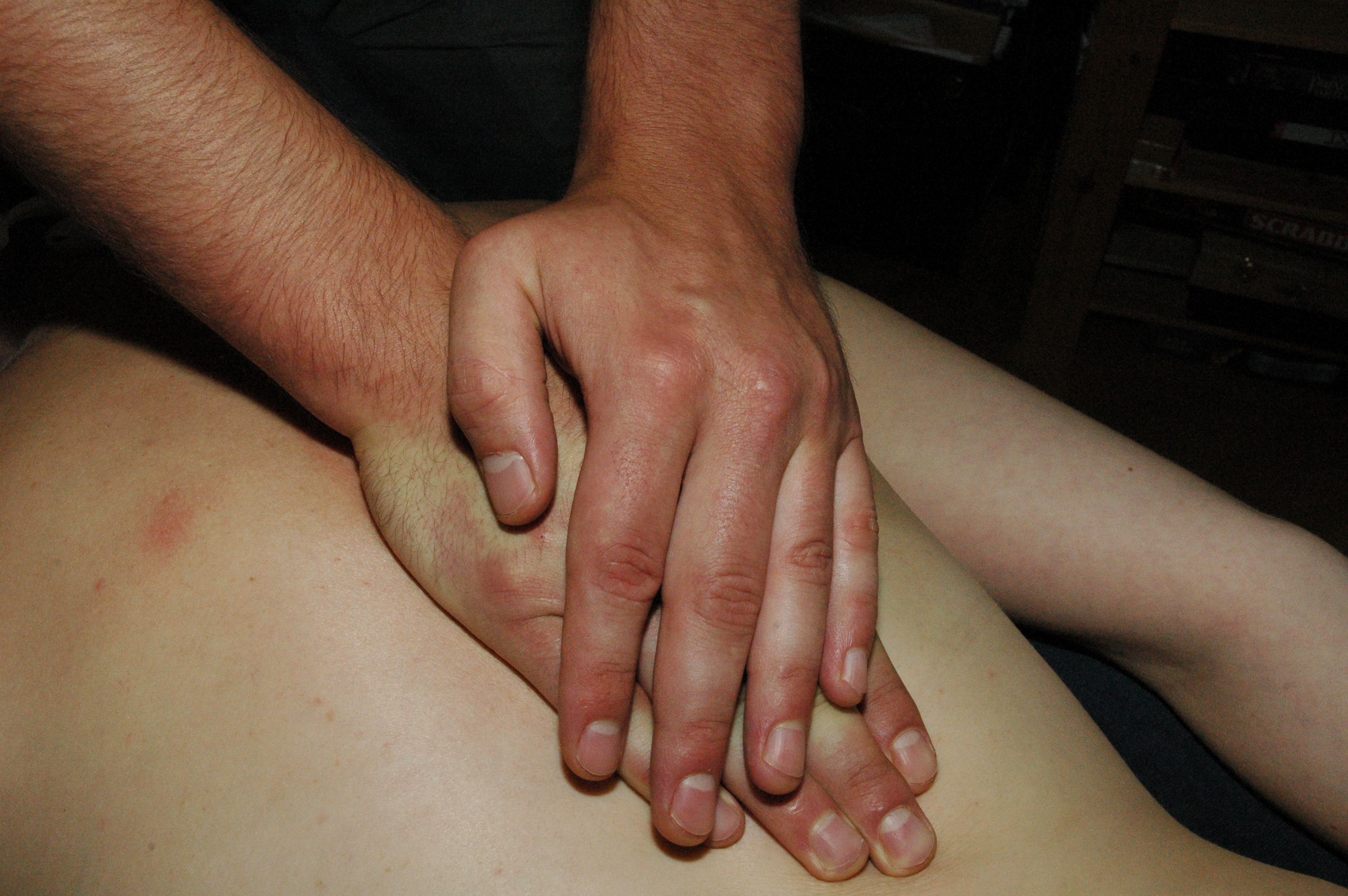If you are suffering from any sort of muscle pain, Acubody can help you with myofascial release treatment. This is a form of neuromuscular technique and research has shown that softening, stretching, and freeing of connective tissue is assisted by specialised receptors that are housed in the fascia and nervous system. It has an amazing effect on the muscles and releases pain through freeing up “knots” or adhesions, so is a useful trigger point therapy.
Myofascial release techniques have developed from the work of Ida Rolf in the 1920’s which she referred to as structural integration and which subsequently became named Rolfing after her.
At Acubody, we often include active participation of the clients while undertaking this type of work. They become more aware of their bodies and ways that they move. Initially we guide the clients in their movements, but we find that they soon instinctively become aware of movements that make them feel good and we encourage them to continue. Movement also encourages blood flow, and this, together with stretching, helps to release tight tissues or “knots” in addition.
Myofascial release techniques have also been used in patients suffering from the symptoms of fibromyalgia. This can cause sleep problems, widespread pain, stiffness, headaches, fatigue, irritable bowel syndrome, and cognitive problems. It can also cause anxiety and depression, dizziness, a tingling sensation the hands and feet, restless legs syndrome, feeling too hot or too cold, and in women, painful periods.
Researchers in Spain performed a randomized, placebo-controlled trial to determine the efficacy of myofascial release techniques as performed by a physical therapist in patients with fibromyalgia. This research group previously reported that weekly sessions of therapy improved sleep duration and reduced pain and anxiety in patients suffering from fibromyalgia.
The patients either received myofascial release treatment or a sham treatment for the placebo group. The treatments for the myofascial release group were two sessions per week of one hour, concentrating on the temporal, suboccipital, posterior cervical, pectoral, diaphragm, and lumbosacral areas. The placebo group had unplugged short-wave therapy and ultrasonography on cervical, dorsal, and lumbar regions for 10 minutes per region also for two sessions per week. The trial continued for twenty weeks.
After twenty weeks the experimental group reported a significant improvement in painful tender points, and at six months they were better still. The researchers concluded that myofascial release therapy can be a useful adjunct therapy for pain symptoms, physical function, and clinical severity.








